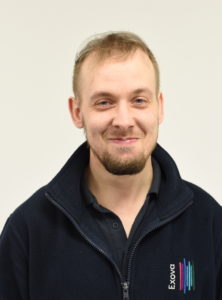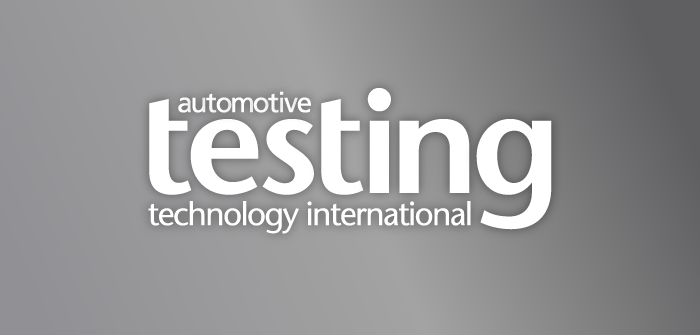David Butcher, a senior test engineer at Exova, underlines the benefits of photogrammetry in automotive engineering
Photogrammetry is often referred to as ‘the science of making measurements by photographs’. Coded and uncoded reference markers are used to measure the surface of a component and create a network of points that are each assigned their own unique reference. This network of uncoded markers derive their location in space from the coded markers which the photogrammetry software is able to recognize, and then calculate the relative distances between, often to 0.01mm.
It finds many uses in automotive testing for both internal and external components, from assessing BIW structural movement under force, to internal components after exposure, to in-service ageing cycles. It is possible to use it in-situ and, unlike many conventional methods, and it can be used to make measurements when a component is subjected to climatic conditions.
Measurement does not require contacting the samples like a faro arm would. The laser scanning abilities of a faro arm get around this problem but this often takes many passes over the same location to build up a decent image. In the time it takes to scan one side of a component, the photogrammetry could have been used to photograph the entire component, saving an impressive amount of time on large projects or where many components require measurement. This setup is often less bulky and lighter to handle making the experience for the user easier and having less wear and tear on the system itself.
Faro arms have been used for the last decade to make the same surface coordinate measurements. However, Faro arms are constrained by the length of the arm, which is often limited to a few meters.
Photogrammetry on the other hand can be used for much larger applications such as measuring an entire car or even the hull of a ship. This greater flexibility and range of application makes it faster and more versatile as one size fits all as opposed to selecting the right sized faro arm for the job.
However, while photogrammetry is a relatively unknown technology it is surprisingly older than its capabilities would suggest. The term was first coined by Albrecht Meydenbauer in his endeavor to use photographs to survey land and civil engineering projects in 1867. The name and methodology has stayed with us 140 years on and has kept pace with the evolving demands of engineering.

Butcher started his career in the automotive industry four years ago and has worked to provide new solutions for ever-evolving test programs and measurement techniques. He works closely with OEMs and Tier 1 clients to support and adapt these techniques to provide more accurate results.


